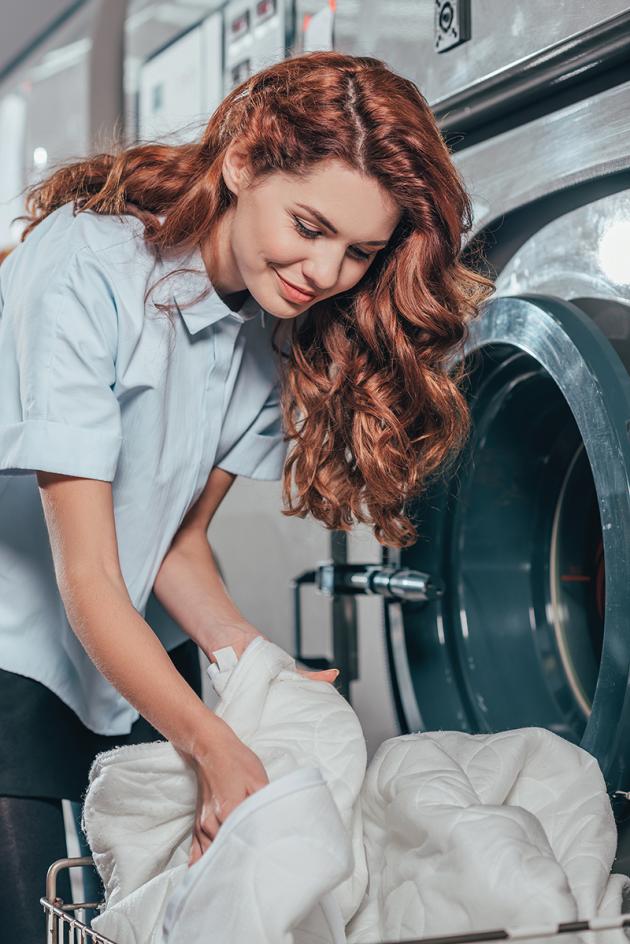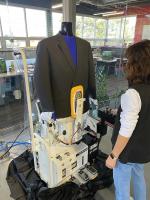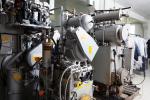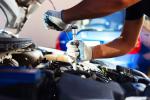CHICAGO — In our equipment-dependent industry, there are several single points of failure that can sideline a plant. Even a fuse that costs less than a buck can take down a vital machine and leave workers idle — and customers waiting for their garments.
In a perfect world, cleaners would have multiple levels of redundancy. But since money, space and other real-world conditions are limiting factors, how can owners find that balance to keep their plant running with machines that, on a long enough timeline, will ultimately fail?
The Redundancy Factor
“Dry cleaners run a complicated business with a lot of moving parts,” says Jerry Moore, owner of equipment supplier Moore Services, Cleveland, “and anybody who’s been in our trade for any length of time knows that there’s an inevitable breakdown coming at the worst possible time. So, having a Plan B could be considered a luxury, but operationally? It can be an absolute game changer.”
“It’s a hard situation with a dry cleaner because all the pieces have to work together — if there’s a problem, there’s a trickle-down effect.” says Vic Williams, Eastern sales manager of equipment manufacturer Union Dry Cleaning, as well as the owner of Impressive Cleaners and Formal Wear in McDonough, Georgia.
“Our business is so different from everybody else’s. A laundromat will just put an ‘out of order’ sign on one of their washers if it goes out. You’ve got 40 more of them. But in a drycleaning plant, especially a small one, you’re trying to get by with all your equipment running.”
So, where should cleaners focus when it comes to ensuring redundancy?
“Start with the ones that are keeping all the other machines running — the boiler and air compressor,” says Mike Tungesvick, national sales manager for equipment manufacturer Sankosha USA. “Your other giant piece of equipment is your drycleaning machine, unless you are primarily a wet cleaner. If your drycleaning machine goes down, you’re in trouble.”
Moore agrees with Tungesvick’s assessment.
“Having a secondary boiler for a dry cleaner as a backup for what many people in the drycleaning industry call the heart of the plant is probably high on a lot of people’s wish lists,” he says. “Having redundancy for the lungs of the plant — the air compressor — is probably even more common. Many places will have an older air compressor that serves as a backup or, in some cases, twin air-compressor systems that automatically alternate to even out wear and tear.”
Costs vs. Benefits
While expense is a major element in deciding what, if any, equipment to buy to achieve a level of redundancy, dry cleaners that have closed or consolidated have increased the options available to other cleaners.
“There’s a ton of used stuff out there that can make this idea really work well,” Moore says. “These days, we’re seeing many large, multi-store drycleaning chains merge or consolidate stores to increase efficiency and reduce overall operating costs, so the redundancy thing is kind of happening. Merging two or three stores to one plant is a lot of what my company is working on now.”
However, even if the prices and availability are good, there are other factors to consider.
“You have to weigh the additional cost of maintenance against the labor savings and the potential for breakdowns,” Moore says. “Also, real estate is one of our biggest expenses as an industry, so careful planning is essential for the return on that investment. Safety codes also have to be a major part of planning, because the days of pouring machinery into a cramped space are behind us. Inspectors and/or local regulators don’t allow it.”
Tungesvick believes cleaners often overlook one element of redundancy — one that generally costs nothing extra and takes up no added space.
“What also speaks to redundancy is having cross-trained employees,” he says. “When I have a presser who doesn’t show up, if the person who’s doing shirts today is also a presser, you can still get the job done. If you’ve got your team able to jump in and let you move along, that’s just as important as having extra parts and extra pieces of equipment. If you’re keeping up on maintenance and your plant is modern, your machines are more reliable than your human element.”
Come back Thursday for Part 2 of this series, when we’ll look at ways cleaners can keep the equipment running and avoid down time.
Have a question or comment? E-mail our editor Dave Davis at [email protected].























